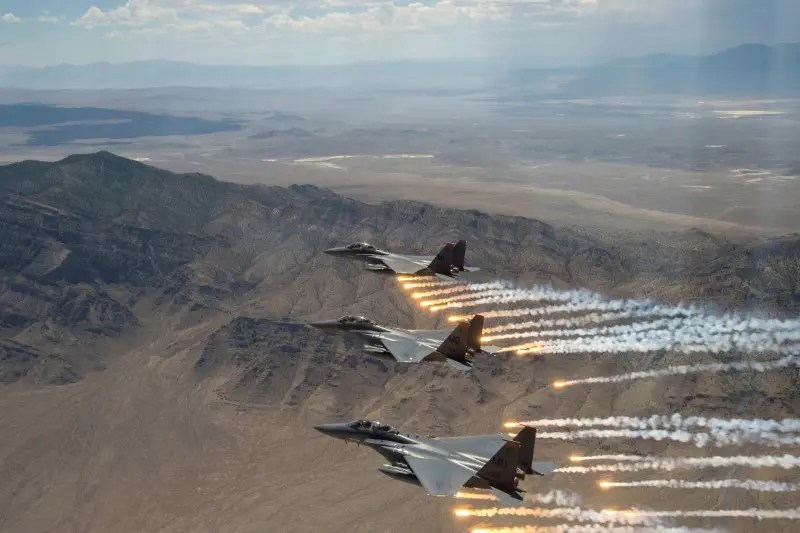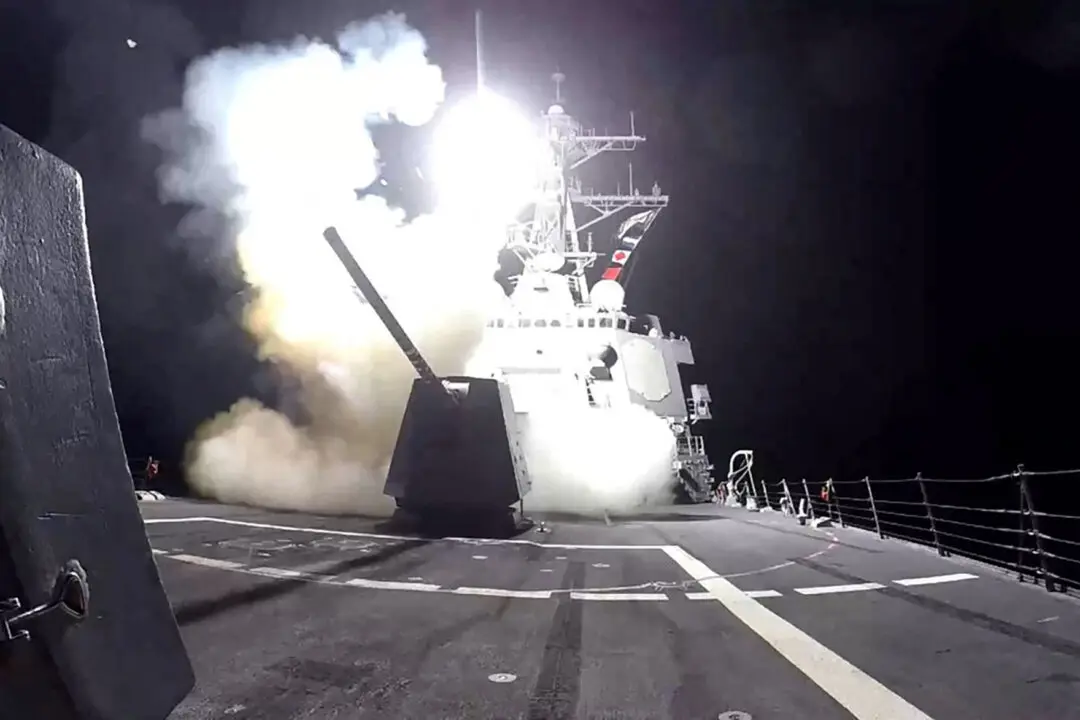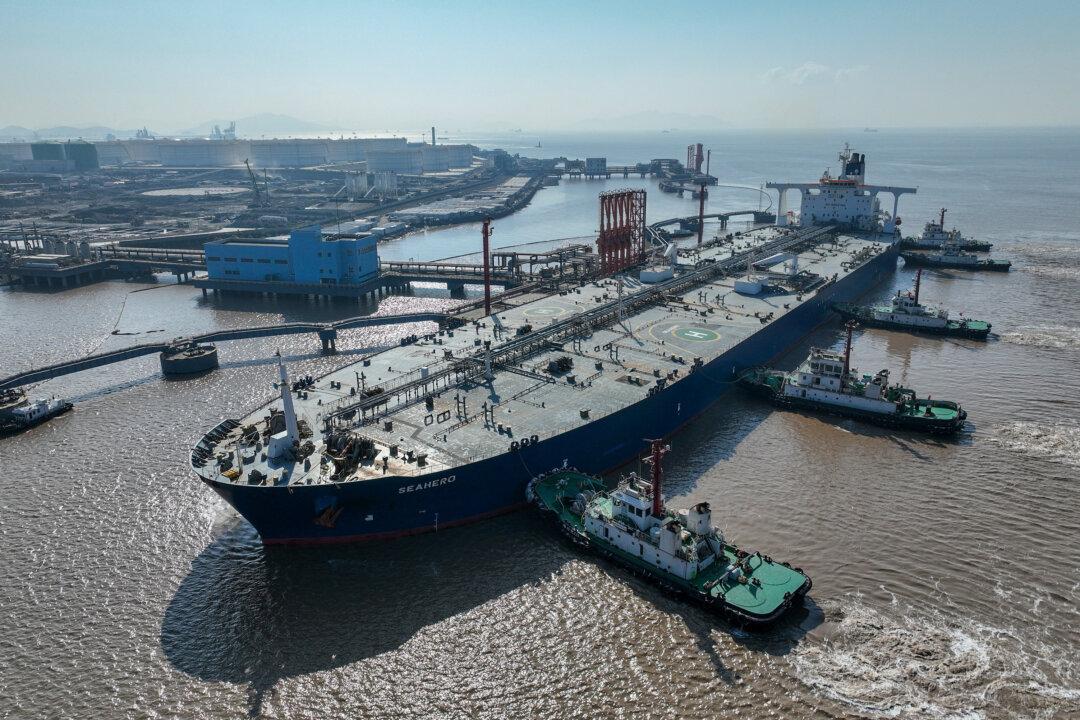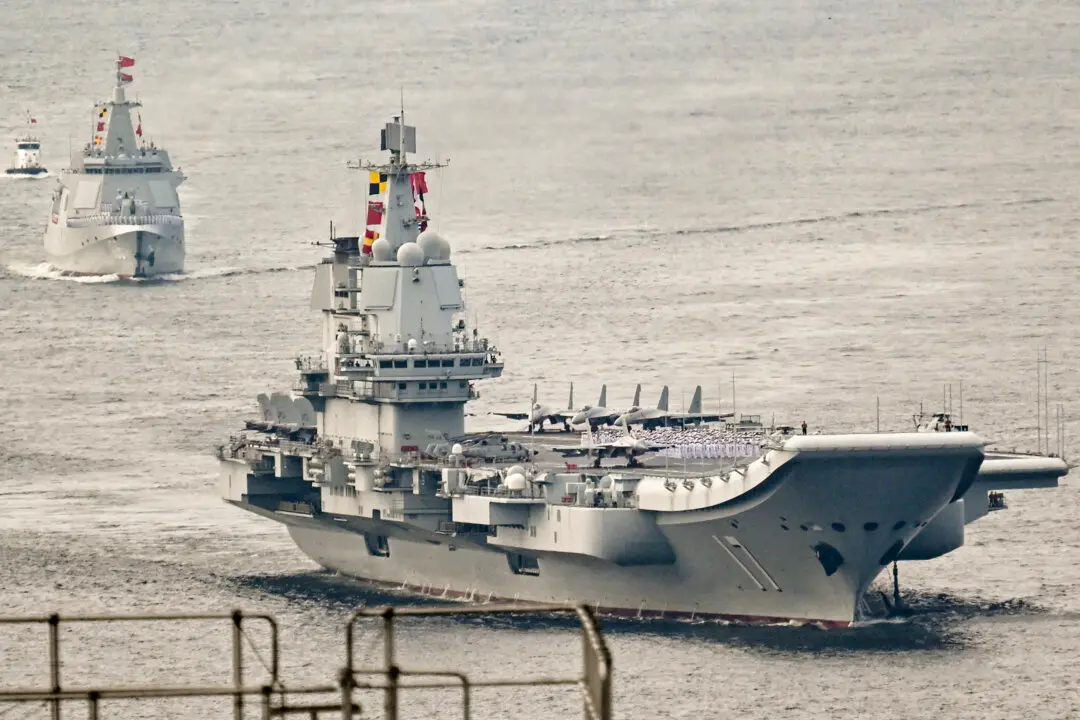The Chinese Communist Party (CCP) announced a new round of invasive military drills around Taiwan on Aug. 8, in a further challenge to the island’s sea and air space.
China Launches New Military Drills, Threatens to Continue Crossing Median Line of Taiwan Strait

An air force aircraft under the Eastern Theater Command of China's People's Liberation Army (PLA) gets refueled mid-air during military exercises in the waters around Taiwan, in this screengrab from an Aug. 4 video released on Aug. 5, 2022. Eastern Theater Command/Handout via Reuters
Andrew Thornebrooke is a former national security correspondent for The Epoch Times covering China-related issues with a focus on defense, military affairs, and national security. He holds a master's in military history from Norwich University.
Author’s Selected Articles



